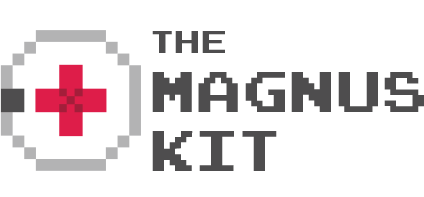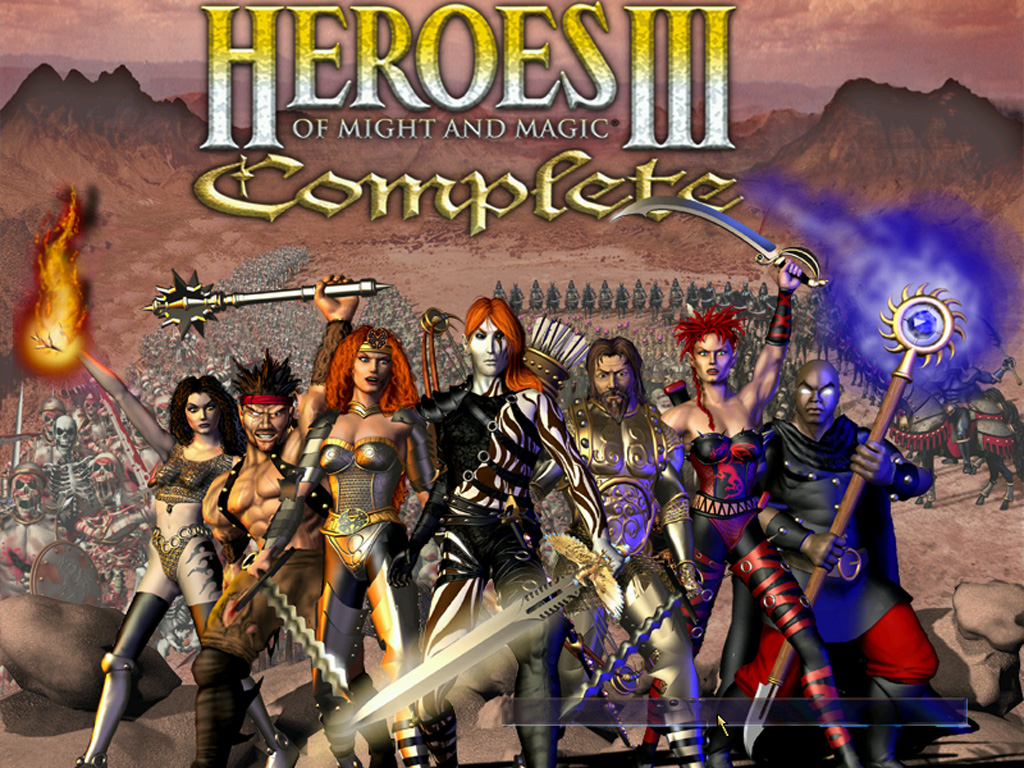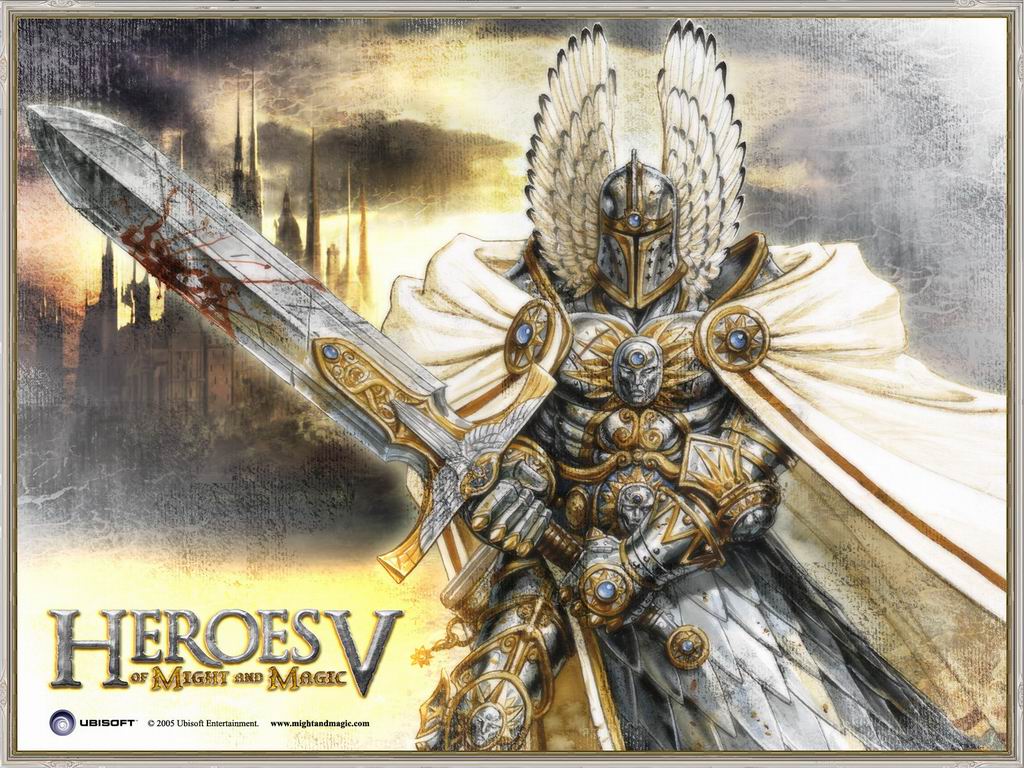What’s in a Sequel: Heroes of Might and Magic III and Heroes of Might and Magic V
What happens when you mash together every fantasy cliché and trope into one amorphous blob? You get the Heroes of Might and Magic series, now on its 7th installment. HoMM has better reasons than most series for being a bit cliché; it actually created some of the longest standing tropes in fantasy games. The series that HoMM stemmed from, Might and Magic, is one of the original PC role playing games, standing alongside games like Ultima and The Bard’s Tale. I’ve never played any of the Might and Magic games, but I’ve sunk a decent chunk of my life into HoMM. Let’s look at how the series has changed by looking at the (arguable) two highest points, Heroes of Might and Magic III and Heroes of Might and Magic V.
Heroes of Might and Magic III is definitely a product of its time. The art style would not look out of place in any fantasy novel (or the side of a kickass van), the interface is clunky and difficult to navigate, and the A.I. can be very incredibly unfair. That being said, it’s a fun and deep strategy game with an awesome soundtrack.
You can pick from a total of nine factions, each with around a dozen Heroes. Each Hero has a specialization of some sort, as well as an attack, defense, power, knowledge, luck, and morale stat. As you play through the game, you level up your hero and choose new skills for them to learn. Your available skills cover everything for increased ranged damage for your troops to mastery of certain groups of spells. Your hero can collect and equip artifacts which increase stats or offer other bonuses (increased creature growth, resource production, or possibly new spells).
You collect resources to upgrade your home base, build and army, and defeat the other players in any given scenario. Each faction is visually and mechanically distinct and learning the ins and outs of each one takes a decent amount of time. Castle, for instance, has strong offence but very expensive units, so upgrading is tough, while Fortress has very strong defense, but cannot upgrade magic skills as much. Both world exploration and combat are turn based, with combat taking place on a hex grid.
Each turn is a day, and each week you can recruit new units for your army. The time system adds a lot of weight to when exactly you decide to build, move, and fight other enemies because if you don’t time things right, they could have just recruited a whole weeks’ worth of new units.
The maps of HoMM III are colorful, with several different kinds of terrain, locations to visit, and enemies to fight. Most heroes start with low movement points so every map feels huge and uncovering new areas feels substantial and tactically important. The more you expand, the more territory you have to lose, after all.
The aggressive A.I means that you had to do a lot of multitasking on the larger maps, which definitely creates some tense moments. As you start to conquer your enemies you get that feeling that only strategy games can give you, which can be a tough itch to scratch. The large amount of pre-created scenarios will occupy you for hours, especially given the multiple difficulty levels to try everything on. There’s a random map creation feature which means that you can be playing HoMM III until you up and die, if you so choose.
Heroes of Might and Magic V changed the formula around in very drastic ways, though you might not notice from watching somebody play for a minute or two. The game works in the same day/week turn based based fashion, you still collect resources to build up your base and army, and most of the same factions have returned. Once you delve in you’ll start to notice the differences, however.
There are now eight factions instead of nine, with Conflux lost to the winds. The maps in HoMM V feel smaller, but a large portion of that is due to the art style’s increased asset size. The less serious art style gives the game a more whimsical feel, which can make you underestimate the strategy needed to play. It’s more possible to take on enemies with only one hero, due to the easier A.I and new battle queue which tells you what order everybody is moving in.
Your units are now more powerful on their own, due to some big changes. A variety of them have the ability to cast spells as well as attack, which opens up all sorts of new tactical options (should I just attack my Archmages, or make use of their weaker fireball spell to hit a larger area?). Some creatures also have certain abilities connected to their faction, like Inferno creatures ability to gate, or create temporary one-hit copies of themselves on the map.
By far the largest change in HoMM V is the new way that Heroes function. Heroes now have their own turn in battle where they can attack or cast spells, as opposed to casting spells on their creatures’ turns in HoMM III. Each faction has an ultimate skill that you can only get by combining the right amount of smaller skills. In the original HoMM V, you needed to master skills from five different disciplines to get the Ultimate Skill, making it almost impossible unless you were playing a campaign, but the HoMM V expansions lowered the requirements to three disciplines per hero.
Heroes now have unique skills that change how you think about combat as well. Haven heroes can use “Counterstrike” which allows them to retaliate against any attack on a preferred unit and Sylvan heroes can create a “favorite enemy” list which allows them to do more damage to those enemies. Your hero is now a much more integral part of your army and in many cases, your most valuable asset.
When all is said and done, HoMM III definitely feels a lot more ponderous that HoMM V, but I don’t think that’s a bad thing. There was a clear shift in focus when you compare both games; more creatures in III, but more skills in V. There’s more artifacts and spells in III, but more hero customization in V. HoMM III is about exploration and exploitation of the world where HoMM V is about character building.
Though the styles are different, HoMM III and V are both enjoyable and challenging games. While I’ll always prefer the third, it’s great to see a series change up their formula especially when they’re successful already. The shift the series took managed to emphasize new aspects of gameplay without gutting the rest of the mechanics, which is certainly impressive. Give the HoMM series a try if you’re at all a fan of strategy games; you won’t regret it, though you might find yourself more than a little drawn in.
I hope you’ve enjoyed this edition of What’s in a Sequel. Please share it with anybody you think would enjoy it.
Don’t forget to follow TheMagnusKit on Facebook and Twitter.








